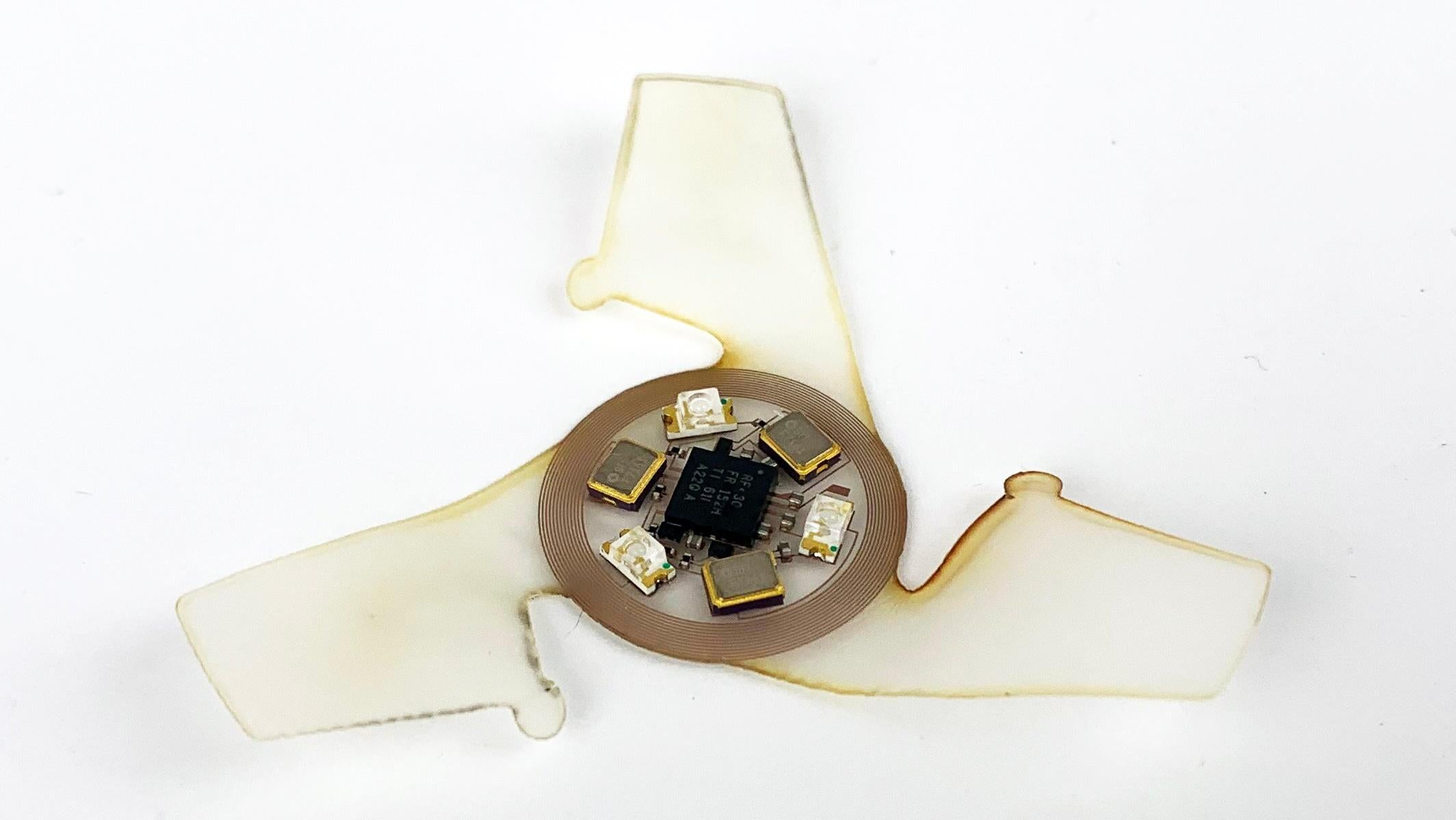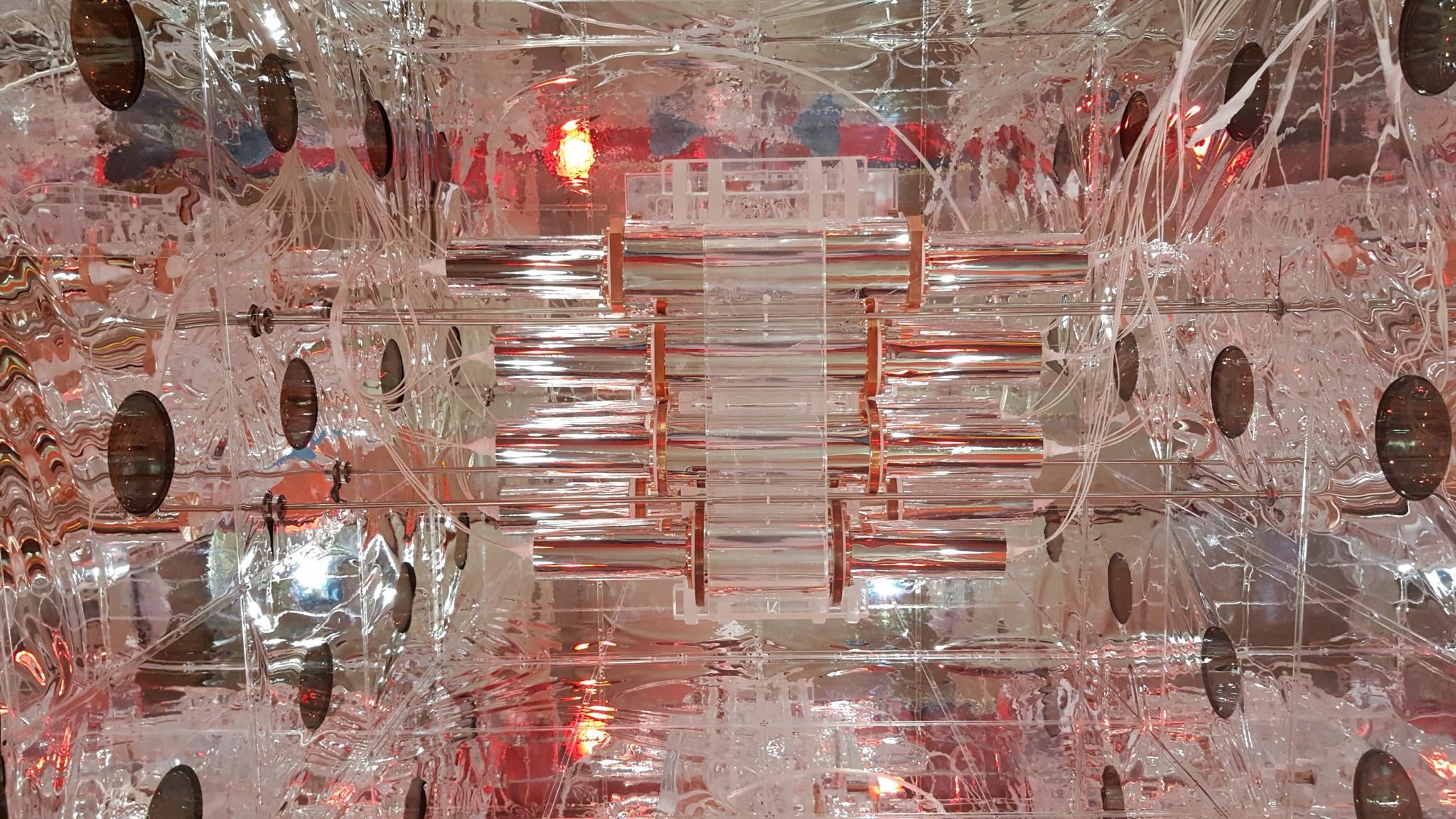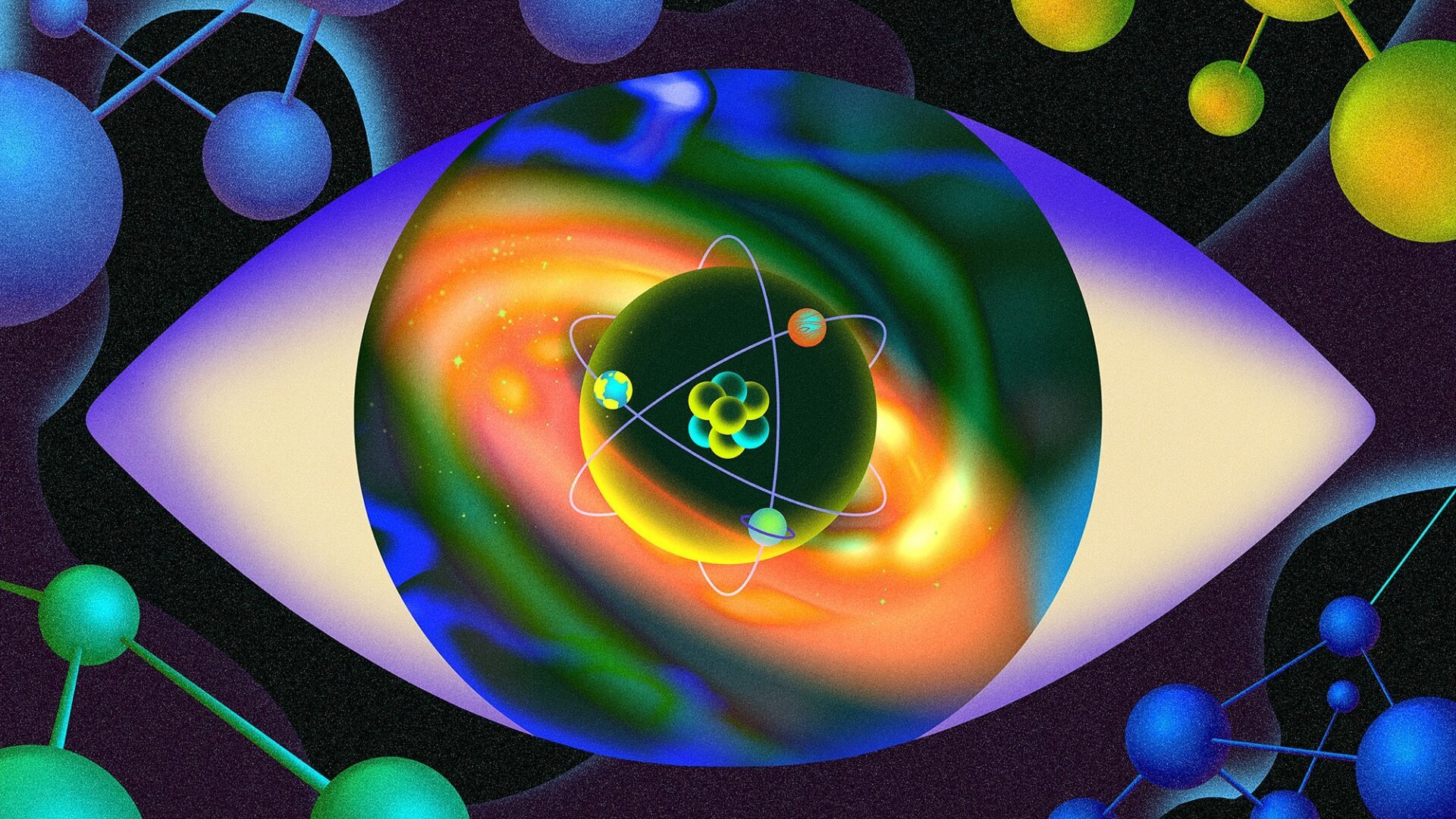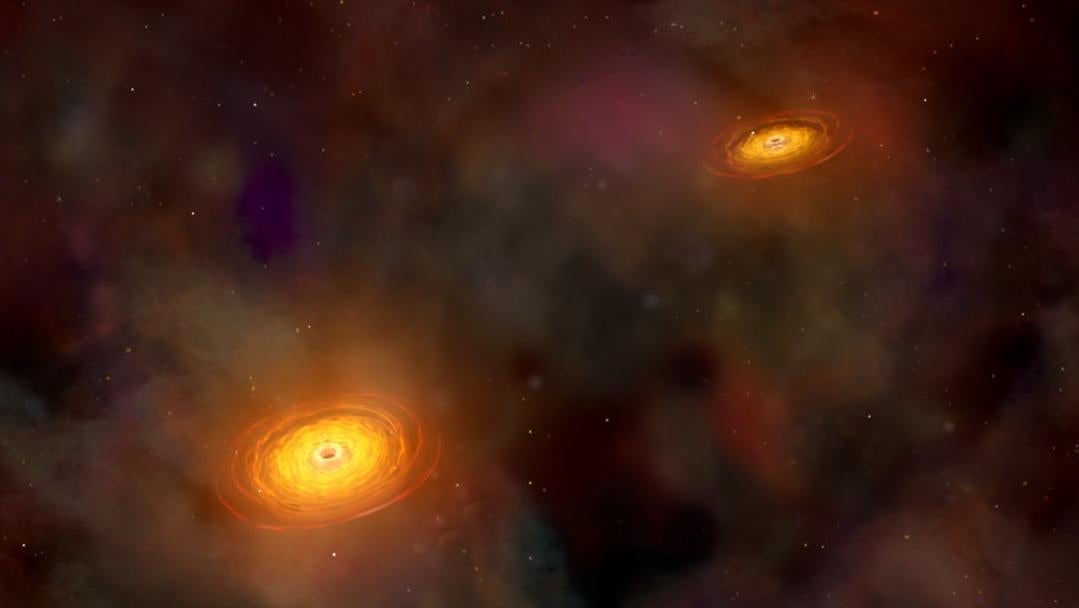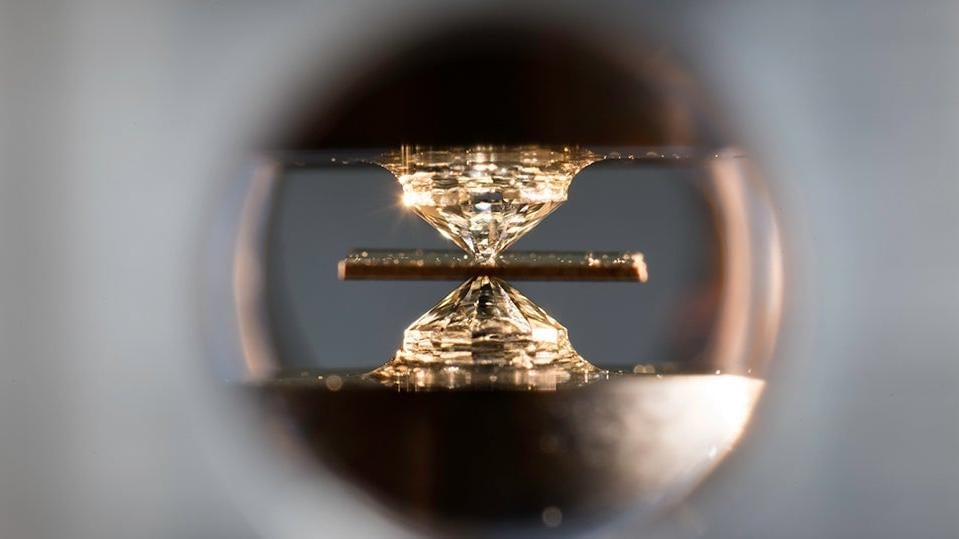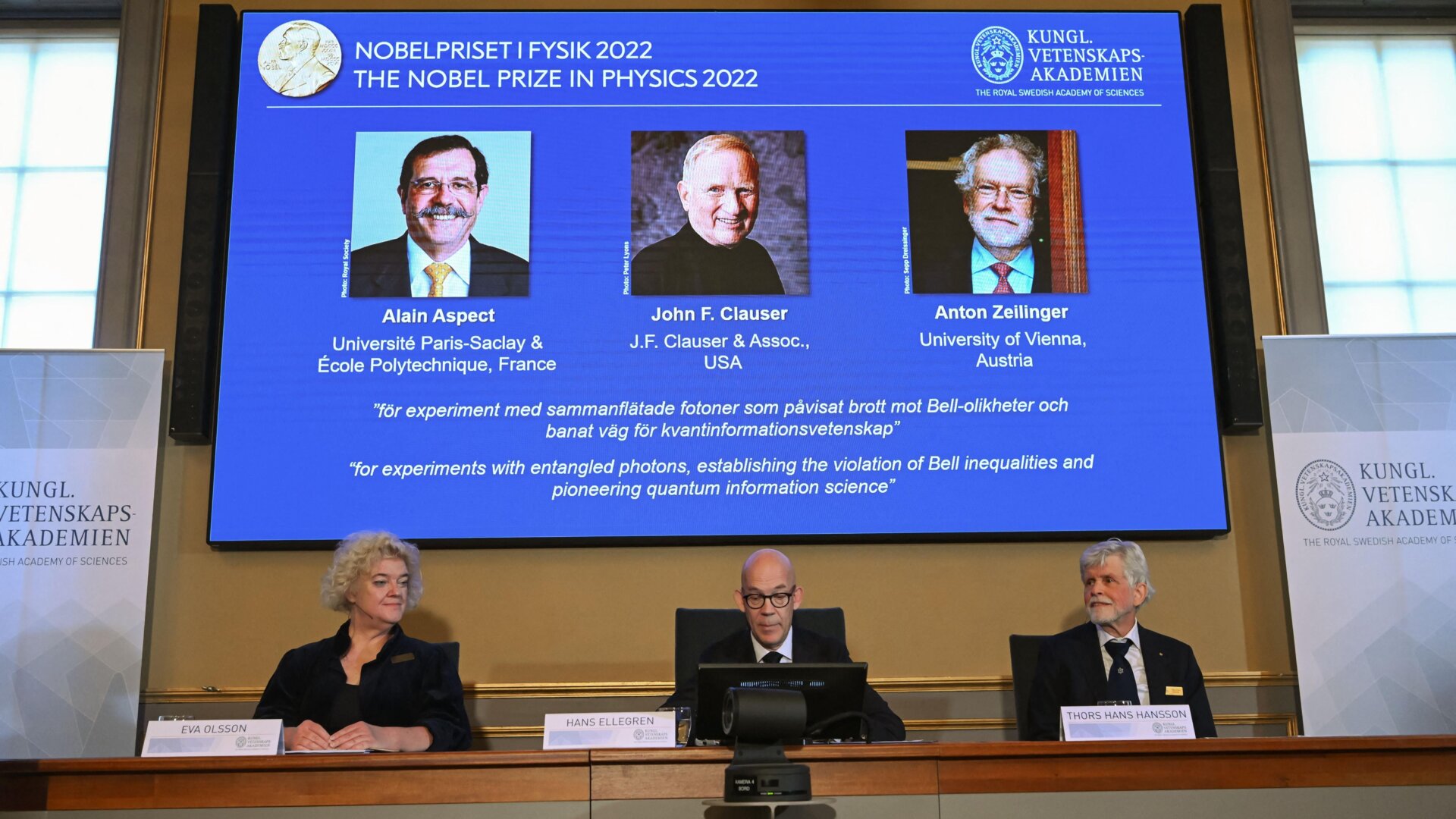Miniaturized electronic devices capable of controlled, unpowered flight are now a reality, thanks to innovative research inspired by nature. These “microfliers,” developed by engineers at Northwestern University, mimic the dispersal mechanisms of seeds, offering unprecedented opportunities for environmental monitoring and data collection.
These tiny devices, some as small as a grain of sand, are designed to catch the wind and descend slowly, much like helicopter seeds spiraling down from a maple tree. This controlled descent is achieved by leveraging the principles of spin and aerodynamics, allowing the microfliers to interact with wind patterns for extended periods, maximizing their dispersal range. The research team, led by engineer John Rogers, drew inspiration from various plant seeds, focusing on the helicopter and spinner strategies employed by nature for seed distribution. The tristellateia plant, with its winged, spinning seeds, proved particularly influential in their design.
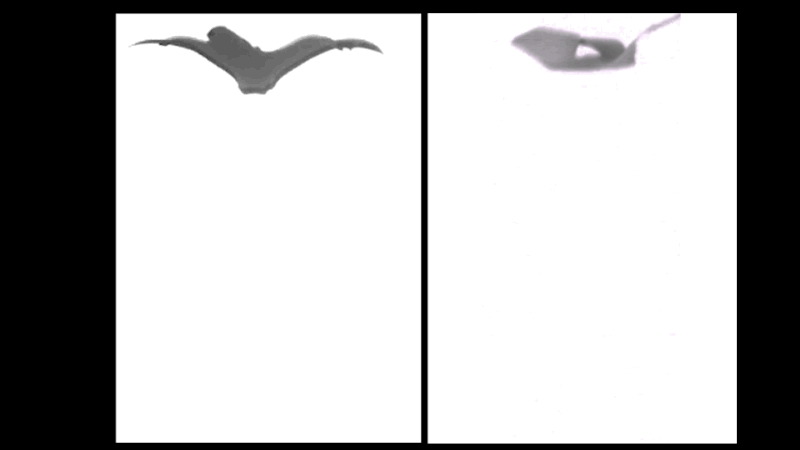 A free-falling microflier (right) compared to a tristellateia seed in free fall (left).
A free-falling microflier (right) compared to a tristellateia seed in free fall (left).
Mimicking Nature’s Ingenuity
The team explored a range of microflier designs, varying in size and wing configuration, some with three wings and others mimicking the five-winged structure of the tristellateia seed. Sizes ranged from pebble-like down to an astonishing 500 micrometers wide, comparable to a grain of sand. Computer simulations and wind tunnel tests were crucial in refining the designs, optimizing parameters like diameter, structure, and wing type for enhanced aerodynamic performance.
The key to the microfliers’ controlled descent lies in their spinning motion, which stabilizes their trajectory and slows their fall, enabling wider dispersal and prolonged airborne monitoring capabilities. The researchers believe their designs may even surpass nature’s efficiency. “We think that we beat nature,” Rogers stated, “At least in the narrow sense that we have been able to build structures that fall with more stable trajectories and at slower terminal velocities than equivalent seeds.”
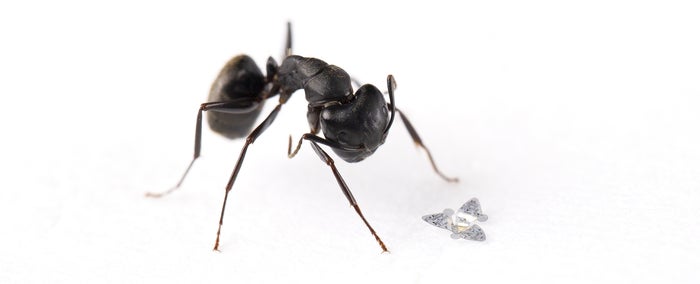 A microflier next to an ant to demonstrate scale.
A microflier next to an ant to demonstrate scale.
Miniaturization and Functionality
The miniaturization of these devices is a significant achievement, aligning with the trend towards smaller electronic components. “Device miniaturization represents the dominating development trajectory in the electronics industry,” Rogers explains. The incorporation of microchips, solar cells or batteries, and antennas provides the microfliers with processing power, energy, and wireless communication capabilities. This onboard functionality is also crucial for their controlled descent, providing the necessary weight and low center of gravity for stable spinning.
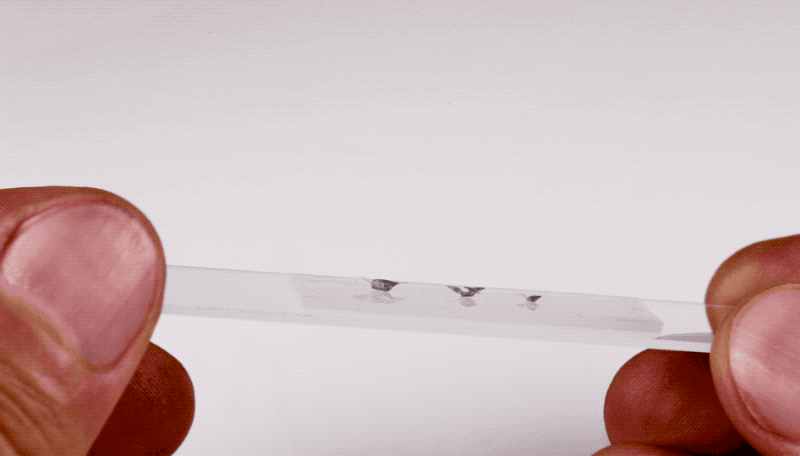 Three different sizes of microfliers mounted on glass.
Three different sizes of microfliers mounted on glass.
Future Applications and Ethical Considerations
The potential applications for these microfliers are vast, ranging from environmental monitoring to data collection and even forming interconnected sensor networks within the Internet of Things. A 2-inch prototype has already demonstrated the ability to monitor airborne particulate matter. Future iterations could incorporate pH sensors for water quality monitoring and photodetectors for measuring sun exposure. Other envisioned applications include tracking chemical or oil spills, monitoring air pollution at different altitudes, and potentially even tracking human movement.
However, the ethical implications of such technology, particularly concerning privacy and potential misuse for surveillance, necessitate careful consideration. The researchers are also addressing the potential environmental impact of the microfliers themselves, exploring biodegradable materials and designs that dissolve in water. Future research will also investigate the effects of wind on the microfliers’ aerodynamics and explore alternative designs inspired by parachuter and glider seeds. Further development may even lead to actively powered microfliers, opening up even more possibilities for this groundbreaking technology.
The development of these bio-inspired microfliers marks a significant step forward in miniaturized electronics and environmental monitoring, offering a powerful new tool with the potential to revolutionize data collection and our understanding of the world around us.



